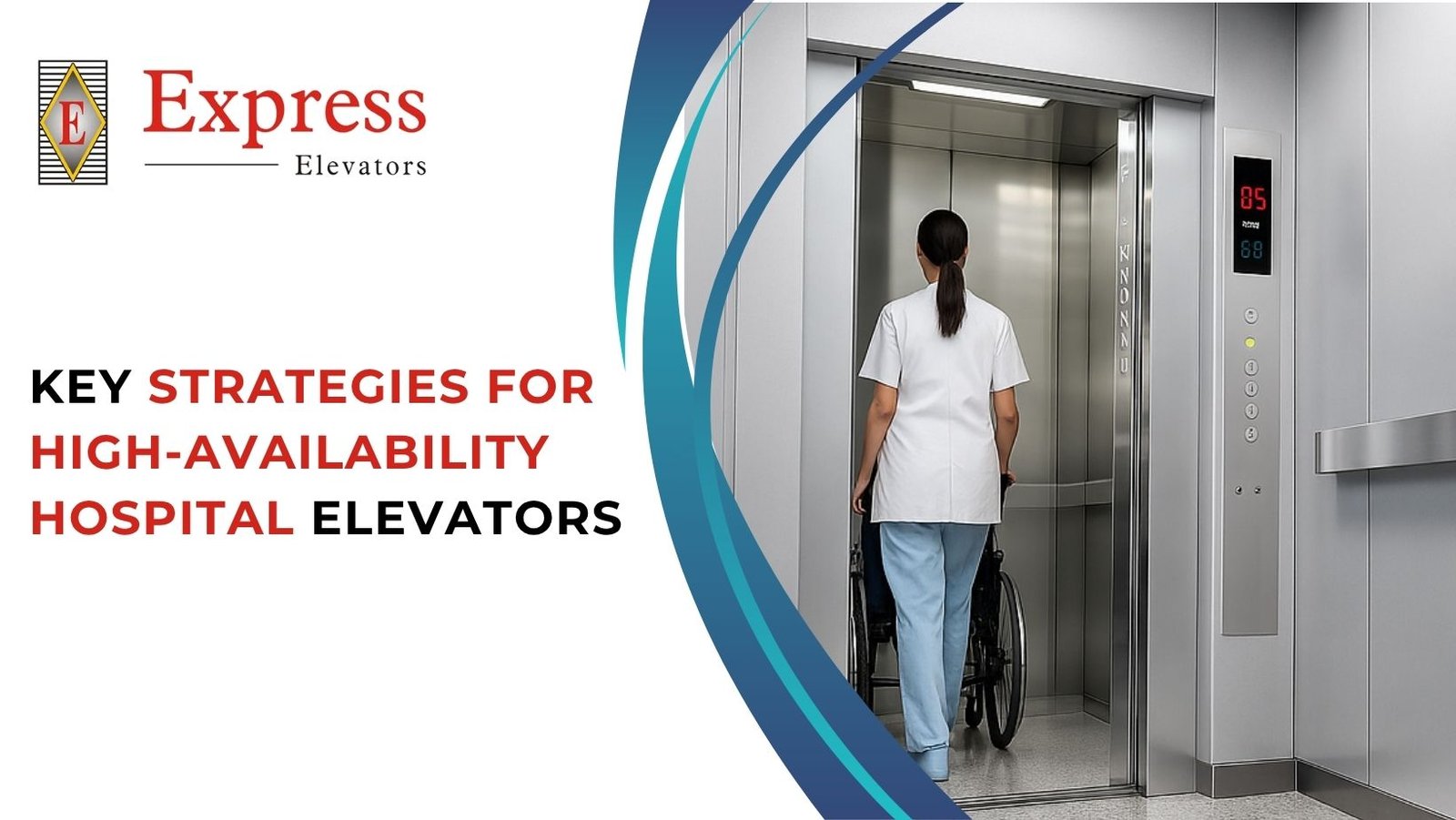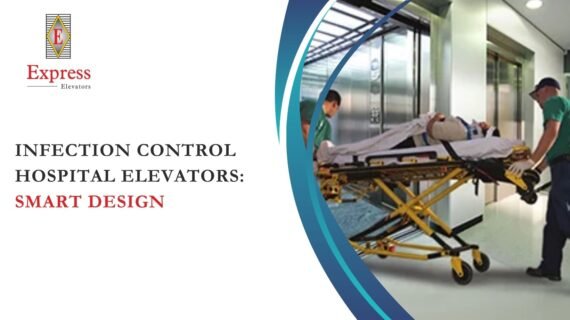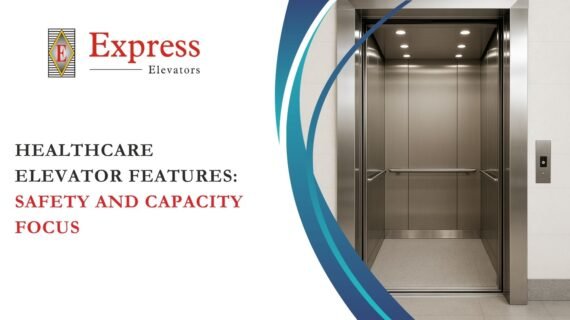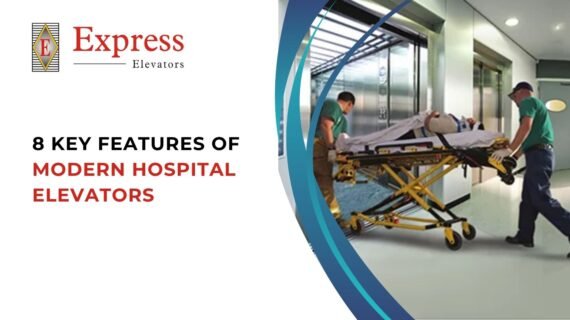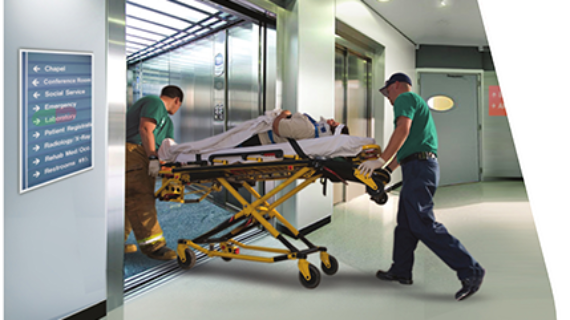Key Strategies for High-Availability Hospital Elevators
Hospital elevators should be operational at least 99% of the time, but here’s what facilities managers aren’t telling you: that missing 1% can kill. When cardiac teams wait seventeen seconds for a stalled elevator, when surgical equipment sits trapped between floors, when ICU patients can’t reach imaging—that’s when mathematical uptime becomes human catastrophe.
The dirty secret? Most hospitals are playing Russian roulette with vertical transportation, banking on reactive maintenance while their elevators fail predictably, expensively, and often lethally.
The Hidden Cost of Elevator Downtime
Hospitals process approximately 109 million elevator trips per day—that’s 1,270 trips every second across the healthcare system. Yet elevator outages are significant issues for multi-floor healthcare facilities, with most facilities operating on outdated maintenance philosophies that guarantee failure.
Consider the mathematics: a single elevator shutdown in a 300-bed hospital doesn’t just inconvenience patients—it cascades through every operational system. Emergency response times elongate. Surgical schedules collapse. Staff productivity plummets as they navigate stairwells with equipment designed for horizontal transport.
The smartest facilities are abandoning traditional maintenance cycles entirely.
Strategy 1: Predictive Intelligence Over Scheduled Failure
Preventative maintenance should be conducted on elevators every four to six weeks for operation non-stop—but this calendar-based approach is fundamentally flawed. It assumes elevators degrade uniformly, ignoring usage patterns, environmental stressors, and component-specific failure modes.
Advanced facilities are implementing sensor-driven monitoring that tracks vibration patterns, motor temperatures, and cable tensions in real-time. “The number of elevator failures decreased by 25%, the failure rate improved by 14%, and no cases of entrapment occurred” when one major hospital system connected all 305 elevators to predictive monitoring.
The insight? Elevators don’t fail randomly—they telegraph distress signals weeks before breakdown. The question isn’t whether your system will fail, but whether you’re listening.
Strategy 2: Redundancy Architecture for Mission-Critical Zones
Single-point-of-failure thinking kills hospitals. The most resilient facilities design elevator redundancy around patient flow, not building convenience. This means:
- Zone-based redundancy: Critical areas (emergency departments, ICU floors, surgical suites) require multiple elevator access points with different mechanical systems. When one fails, traffic automatically redistributes.
- Load balancing protocols: Smart dispatch systems that monitor real-time usage prevent overloading specific elevators while others sit idle.
- Emergency override capabilities: Systems that can prioritize life-critical transport over general traffic during peak demand or equipment failure.
Strategy 3: Maintenance Partnership, Not Vendor Dependency
Many maintenance issues are associated with design decisions that pave the way for added costs in later lifecycle stages. The most successful hospitals treat elevator maintenance as strategic partnership, not transactional service.
This means selecting maintenance providers who understand healthcare operations, not just mechanical systems. Companies like Express Elevators, with deep healthcare experience, design maintenance protocols around patient safety rather than equipment longevity alone.
The difference? Generic maintenance companies replace parts on schedule. Healthcare-focused providers optimize uptime around surgical schedules, emergency protocols, and patient transport patterns.
Strategy 4: Staff Training That Saves Lives
Every elevator failure becomes a life-threatening emergency when staff don’t know how to respond. The most prepared facilities train their teams on:
- Emergency protocols: Clear procedures for patient transport during elevator outages, including stairwell evacuation procedures for different patient types.
- Equipment alternatives: Backup systems for moving critical equipment when elevators fail unexpectedly.
- Communication systems: Real-time notification protocols that alert relevant departments immediately when elevators go offline.
The Bottom Line: Uptime Is a Life-or-Death Metric
Every second counts in a hospital or healthcare facility, and having to wait for a delayed elevator can be harmful to a patient. The hospitals that understand this don’t just maintain elevators—they orchestrate vertical transportation as a critical care system.
The best facilities are moving beyond reactive maintenance toward predictive, intelligence-driven systems that prevent failures before they occur. They’re designing redundancy into patient flow patterns. They’re partnering with maintenance providers who understand healthcare operations.
Most importantly, they’re treating elevator availability not as a building management issue, but as a patient safety imperative.
Your elevator system is either saving lives or risking them. The choice—and the strategy—is yours.


